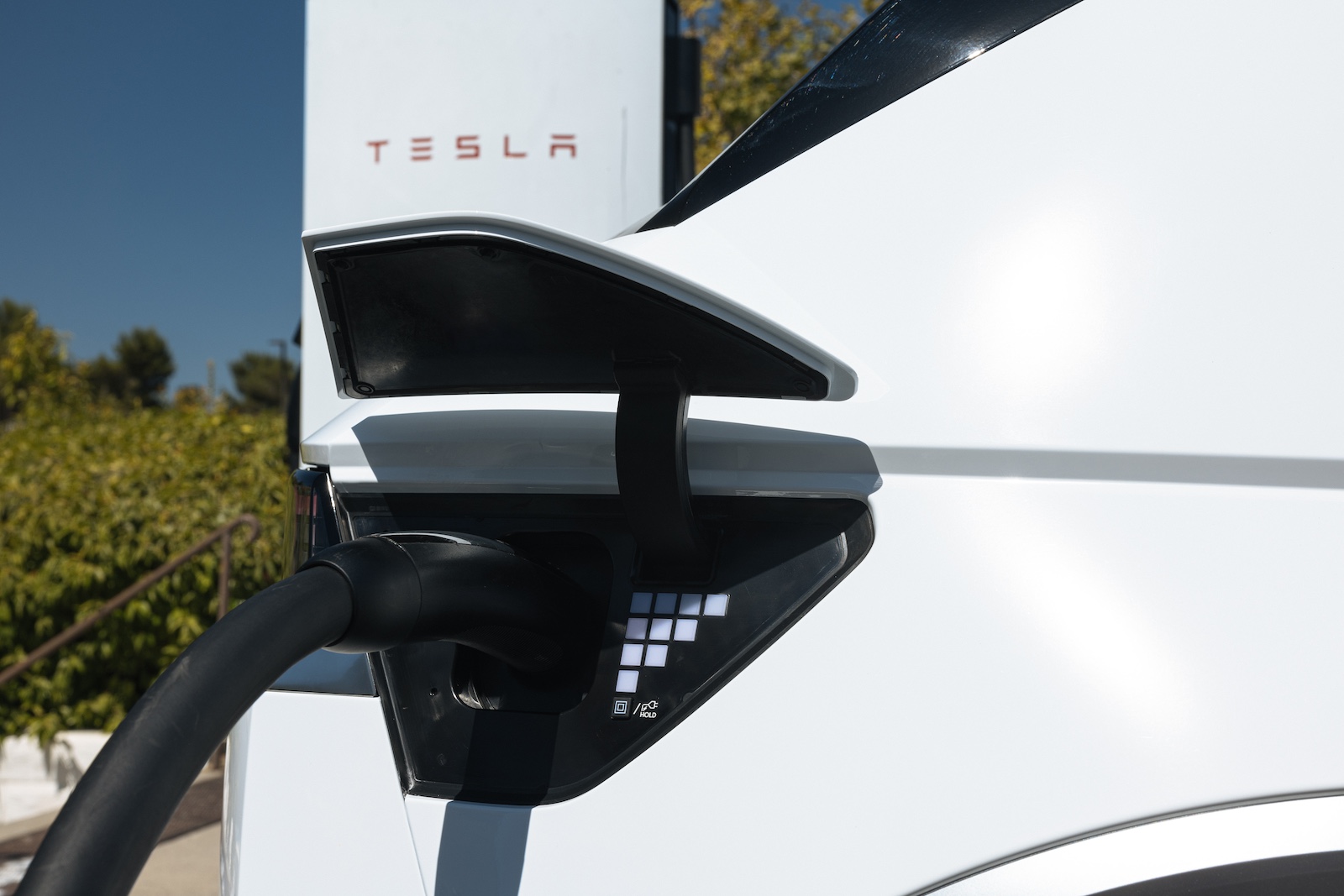
Sign up for daily news updates from CleanTechnica on email. Or follow us on Google News!
Modern oceanic shipping uses diesel engines and fossil fuels, but doing so generates massive amounts of air pollution. Fossil fuels are toxic and the oil and gas industry frequently causes destructive if not disastrous oil spills that poison marine habitats and kill marine wildlife. Then there is the global problem of climate change and its impacts.
In previous centuries, cargo ships sailed all over the planet using only wind. Of course, they were slower than contemporary, mechanized vessels and carried less cargo. They did have the advantage of not producing vast quantities of toxic air pollution and they did not contribute to climate change. Some CleanTechnica readers have written in article comments that they wonder why we can’t go back to wind-dominant cargo shipping, at least in part. I too have wondered about that possibility.
Several months ago, I interviewed a company that is doing exactly that, but with new vessels and modern communications and navigation technology. Recently, I came across another company that is also using wind power to carry cargo across an ocean: Grain de Sail.
Pierre Maruzzi, the company’s Export Director, answered some questions for CleanTechnica. For the shipping routes, there is a reference below to Saint Malo, which is a port city in France, for those who are unaware and might not understand.
How many cargo ships do you own and operate?
Two
Do they use mostly wind power with sails on long-distance voyages, with diesel motors for short distances in harbors or at ports?
Wind-only unless for security reasons and harbor maneuvers.
How much cargo can your ships transport and what routes do they sail?
The second sailboat (GDSII) can carry 350T of cargo, on routes from Saint Malo to NYC, NYC to Saint Malo, NYC to Guadeloupe (Caribbean), and Guadeloupe to Saint Malo. The GDSI sailboat mainly sails on short trips on the European Atlantic coasts, on a per-project basis with clients.
What do they transport?
Chocolate and CPG, Cocoa beans and green coffee (to supply our factory in France), wine and spirits, cosmetics, luxury and fashion, pharmaceuticals, humanitarian supplies.
How much less carbon emissions do your vessels emit compared with the same size vessels that only use diesel engines?
90% less.
What is the average cruising speed when your vessels are cruising on the open ocean when there is adequate wind?
8-10 knots — a routing team on land shares itinerary to optimize speed and security. The motto: “there is always wind in the Atlantic Ocean.”

How long does it take to cross the Atlantic when transporting cargo?
Between 14 and 18 days.
How many sailors are in your crews when you cross an ocean?
Crew of 8: captain, sail master, second, lieutenant, cook, chief engineer, 2 sailors.
How much can you save by using wind power instead of motoring using diesels when crossing an ocean with cargo?
Sail transportation services are more expensive than conventional maritime shipping (2 to 5 times more expensive).
Do your vessels have any solar power and batteries?
Solar panels (20%) and hydrogenators (80%) for energy generation on board.
On your site, it mentions avoiding collisions with sea life, is that mainly because your vessels do not have massive propellers that harm marine wildlife?
Yes, and the fact that the sailboat itself is much smaller than container ships and its speed is low enough for sea mammals to avoid it (and often swim around it!)
Chip in a few dollars a month to help support independent cleantech coverage that helps to accelerate the cleantech revolution!
Have a tip for CleanTechnica? Want to advertise? Want to suggest a guest for our CleanTech Talk podcast? Contact us here.
Sign up for our daily newsletter for 15 new cleantech stories a day. Or sign up for our weekly one if daily is too frequent.
CleanTechnica uses affiliate links. See our policy here.
CleanTechnica’s Comment Policy




